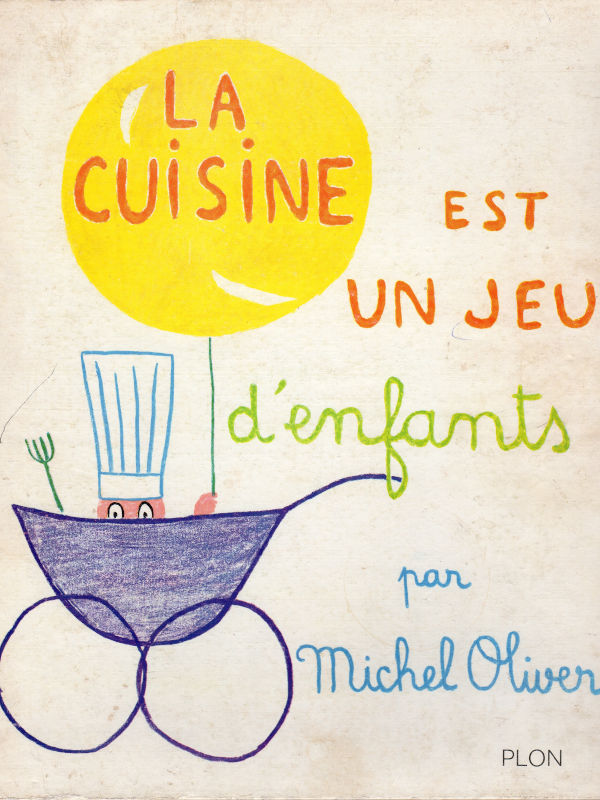What is FED?
How children's literature channelled child mal/nutrition discourses in the late XIX century in countries of diverse historical backgrounds
Child mal/nutrition is an increasingly concerning health issue in Europe: it manifests itself through rising percentages of obese/overweight children and has prompted the EU to draw the Action Plan on Childhood Obesity. The Plan identifies poverty, unhealthy lifestyles, and parental unawareness as core causes of child malnutrition and calls for the development of national initiatives to target them. This picture highlights the issue’s transnational nature: while showing locality-specific traits (e.g. varying obesity percentages or prominence of a causing factor), the concern is relevant for countries of diverse cultural and historical backgrounds. England and Italy are a case in point: one was perceived in the 19th century as a ‘mature’ and the other a ‘young’ nation (Italy was ‘born’ as a nation only in 1861) with different food cultures. Yet, nutrition and children rights groups in both countries identify poverty, parents’ education level, and fresh versus processed food distribution among the chief causes of child malnutrition and emphasise the family’s core role ("UK and global malnutrition: the new normal" and "Bambini e adolescenti tra nutrizione e malnutrizione [ITA]").
The current discussion involves parents, pediatricians and nutritionists. Its roots, however, are to be found much further back in the past to the late-Nineteenth century. In this crucial moment for the development or the consolidation of national identities, countries with different histories and food cultures addressed the idea of growing a healthy nation looking at the raising middle-class values; it is at this time that child nutrition starts taking shape as a clinical concept.
This process coincides with one of the most productive moments of children's literature as a genre; starting from the principle that literature and its context are powerfully connected, FED explores how children's literature became a tool to engage with, and circulate, discourses about child mal/nutrition and how this phenomenon was peculiarly transnational in nature.
Using Great Britain and Italy as a case study, FED examines a selection of 1850-1900 Italian and British children's narratives to develop a framework to analyse the circulation of nineteenth-century child mal/nutrition discourses through children's fiction. This framework will outline the core features of characters eating/starving in the selected narratives and unpack how these conveyed dominant discourses about gender roles, social power, and the healthy body/mind.
This website showcases FED's goals and progress and is meant as a tool to promote discussion about children's literature and child nutrition at an international level. It will be updated as FED itself progresses.
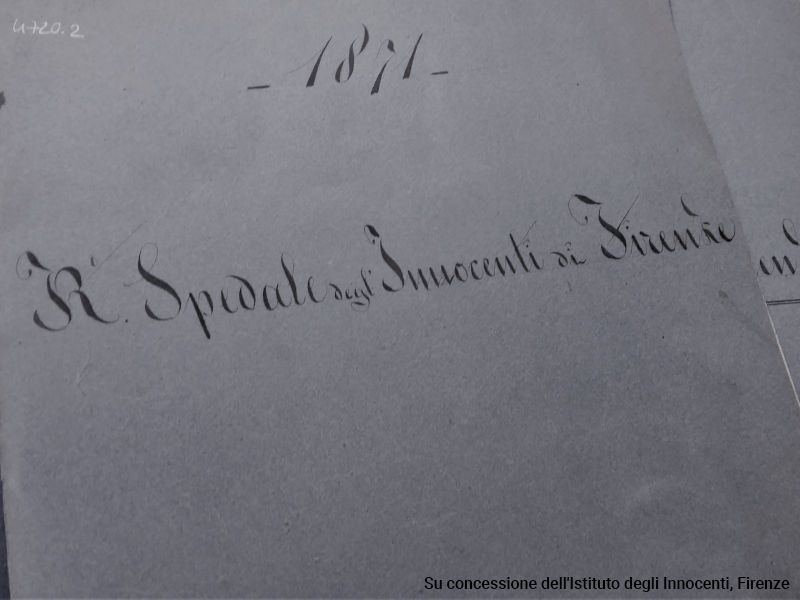
Courtesy of the Istituto degli Innocenti, Florence. Reproduction or duplication of this image is strictly forbidden.
Research
Aim
FED is a comparative qualitative analysis of mal/nutrition narratives, that is, representations of characters eating/fasting, in 1850-1900 British and Italian children's literature. Adopting a historicist and discourse theory approach to comparative reading of British and Italian narratives, the project examines nineteenth-century trans/national discourses about child mal/nutrition and assesses the role of children’s literature in circulating these discourses. The key-goal is to assess literature’s role in disseminating these discourses, comparing its use in the two countries’ socio-pedagogical approaches and considering also the conflation of scientific and domestic nutrition discourses in 1850-1900 Europe. Based on current theories on food and nation studies in children’s fiction, FED highlights the trans/national nature of nineteenth-century discourses on child nutrition as a health concern and their circulation through fiction. The overall objective is to promote discussion on how literary studies, using transnational comparative approaches, can address current European issues such as child mal/nutrition, as identified in the EU Action Plan on Childhood Obesity 2014-2020.
Specifically, FED aims to achieve the following results:
- Develop a framework to analyse the circulation of nineteenth-century child mal/nutrition discourses through children's fiction, highlighting their transnational nature
- Unpack how said features conveyed dominant discourses around gender roles, especially concerning the role of the woman/mother as the primary nourisher in the family,
- Analyse representations of eating/fasting characters within the framework of dominant social power discourses and discourses on the healthy body and mind
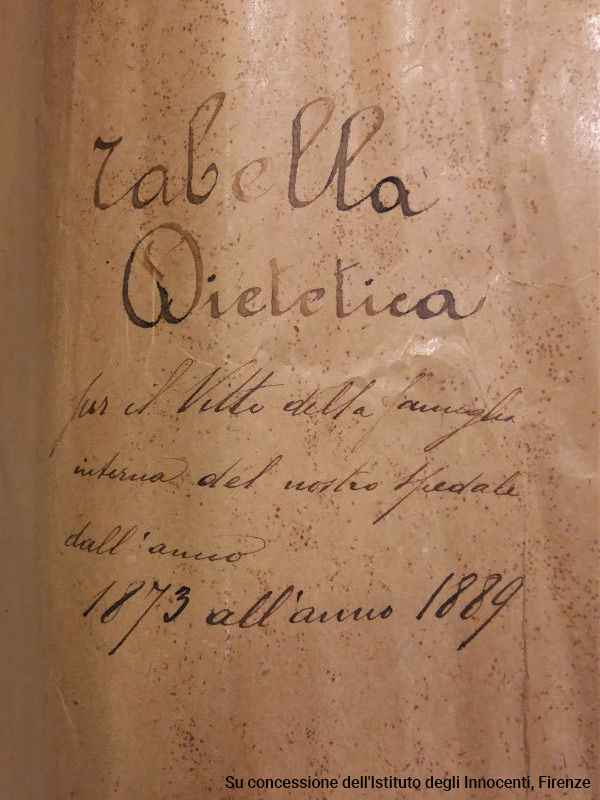
Courtesy of the Istituto degli Innocenti, Florence. Reproduction or duplication of this image is strictly forbidden.
What kinds of texts does FED examine?
The literary corpora
The literature FED examines is subdivided into British and Italian material. A preliminary list of authors included in the two corpora are:
- British corpus: Catherine Sinclair, Juliana Horatia Ewing, Christina Rossetti, Frances Hodgson Burnett, and Lewis Carroll.
- Italian corpus: Luigi Bertelli (alias Vamba), Luigi Capuana, Carlo Collodi, and Edmondo De Amicis.
The analysis of the two corpora encompasses 3 reading actions:
- Close reading, which examines each text in the light of a set of thematic areas (which include, for example, gender, food, school and health);
- Comparative reading, where the result of the thematic analysis of the British and Italian corpora are compared to each other, to individuate resonances and differences between the two corpora and understand how the different texts are in dialogue with each other.
- Reading of the texts alongside a range of non-fiction print material, from both the Italian and the British context. Texts considered include, for example: cookbooks such as Isabella Mary Beeton's "Mrs Beeton's Cookbook" (1861), Oscar Giacchi's "Il medico in cucina, ovvero Perché si mangia e come dobbiamo mangiare" (1881); magazines such as "Baby: an illustrated monthly magazine" (1887-1915) and "Mamma e Bambino" (1897-1920); and cookery books and grocery ledgers of the Great Ormond Street Hospital in London and the Ospedale degli Innocenti in Florence.
The Archives
- Fondazione Tancredi di Barolo, Turin
- Biblioteca Nazionale Marciana, Venice
- Biblioteca Nazionale di Firenze, Florence
- Ospedale degli Innocenti, Florence
- Great Ormond Street Hospital, London
Conference
The International Online Conference “Food and/in Children’s Culture – National, International Transnational Perspective”
Conference in numbers
- 4 internationally renowed keynote speakers
- 40 delegates
- 13 panels
- 172 participants
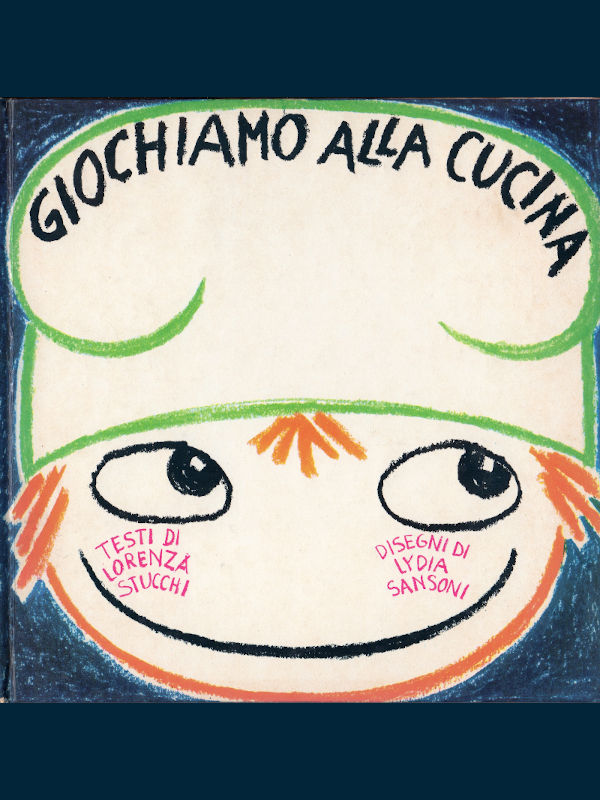
Conference report
The International Online Conference “Food and/in Children’s Culture” represented the culmination of FED’s work, gathering forty speakers from different countries around the world for four days of discussion about the ideological, political, and cultural implications of food in children’s culture.
Professors Hunt and Sundmark, and Drs De Rijke and Jaques presented the keynote addresses, discussing themes ranging from Twentieth-century British literature to totemic food, from food and humanity in Astrid Lindgren’s literary production to animal ontologies in children’s literature.
Against the methodological and thematic framework set by the keynotes, the forty speakers explored such themes as greed, scarcity and abundance, nationalism, and gender, analysing a wide array of textual forms: novels for children and adults, picturebooks, cookbooks, advertisements in periodicals, autobiographies, and propaganda texts, among others.
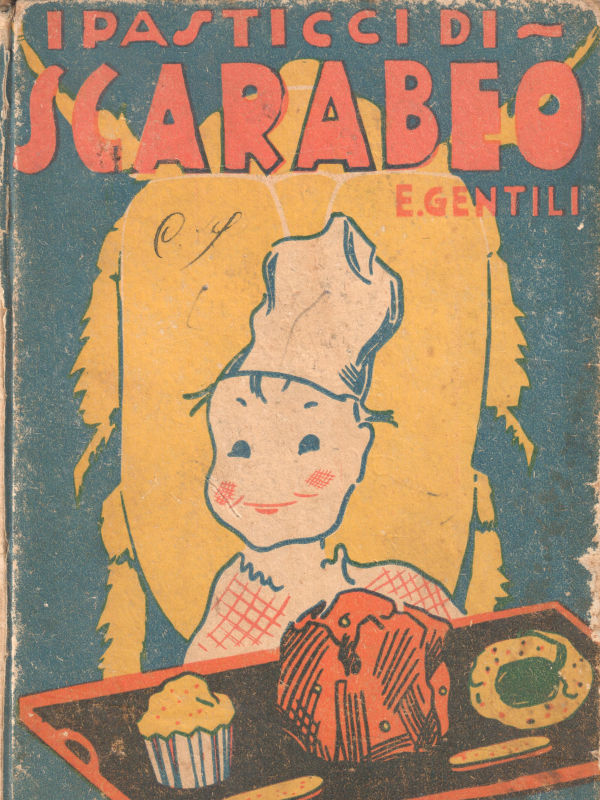
The conference participants were treated to the online exhibition “Books You Will ‘Eat With Your Eyes’ …”, created in occasion of the conference by Professor Pompeo Vagliani, founder of the Tancredi di Barolo Foundation (Turin), partner of the Department of Linguistics and Comparative Cultural Studies at Ca’ Foscari.
The exhibition featured sample images from rare and precious children’s cookbooks held at the Foundation’s Archive, which are still available via the two links (English and Italian) below. The Foundation also provided several exquisite images from children’s cookbooks for FED’s website, which are showcased in "Conference" section.
The conference represented the closing of FED’s main work; however, it also constituted the starting point for a collaboration between the scholars gathered there, which will result into two publication proposals, one for a special issue of an international academic journal and one for an edited volume of essays.
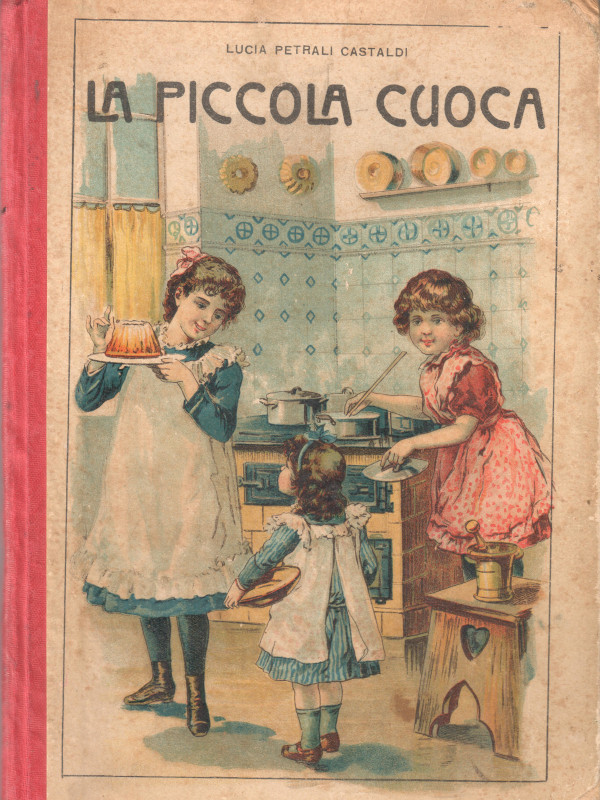
The delegates and keynotes also responded with enthusiasm to the organizers’ proposal to keep the conversation about food and children’s culture going, creating a stable community of scholars interested in the subject.
Options are currently be explored concerning the best venue to host this community and its discussions and activities.
Visit the Online exhibition Books You Will “Eat With Your Eyes”…
- Books You Will “Eat With Your Eyes” … Presentation
- Books You Will “Eat With Your Eyes” … Presentation [ITA] ("Libri da “mangiare con gli occhi”)
